
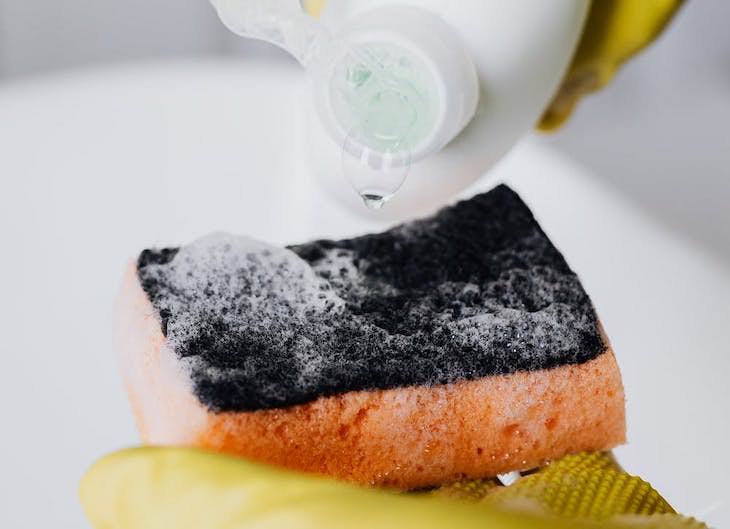
The kitchen sponge is probably the dirtiest item in your home, according to microbiologists and germ experts. As you clean various surfaces and dishes with your sponge, its porous surface collects food particles. Combined with the moisture of the sponge, the result is the perfect environment for bacteria to grow. One study published in 2017 in the journal Scientific Reports analyzed the bacterial microbiomes in 14 kitchen sponges. The researchers found no less than 362 bacterial species!
How to clean:
It’s been suggested that boiling or microwaving your kitchen sponges can kill the bacteria lurking in them. However, researchers have concluded that not only are these sanitation methods ineffective but in some cases, they might even increase the number of bacteria in the sponge. The best thing you could do is to simply replace your kitchen sponge every two weeks. Alternatively, you may try to switch to a silicone scrubber, which doesn't require such frequent replacement.
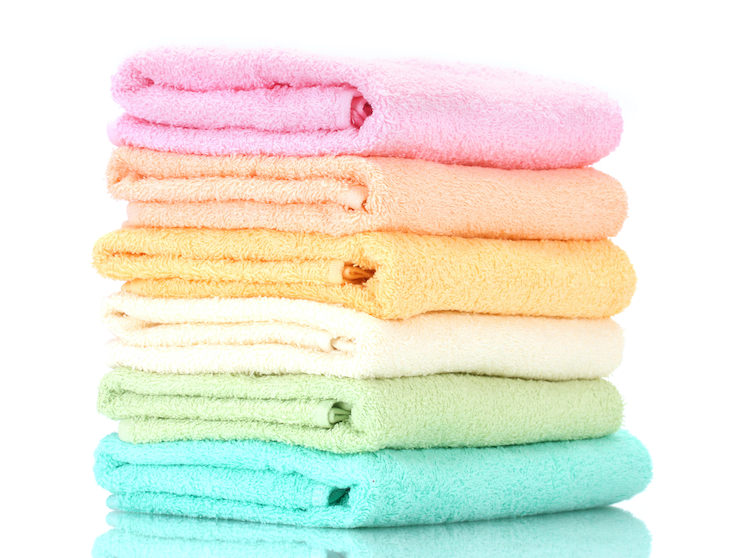
Similarly to sponges, bath towels hoard moisture and thus lend themselves perfectly to bacteria. “Towels usually have a large number of fecal bacteria in them because they stay moist, and bacteria love moisture”, explained Charles Gerba, a microbiologist at the University of Arizona. Flushing the toilet in the same room you keep your towels and the damp conditions in bathrooms both contribute to your towel turning into one of the dirtiest household items.
How to clean:
If you were as alarmed as we were by the information shared by Gerba, you must be wondering how you can take better care of your towels. Well, when it comes to cleaning bath towels, you should remember two things - frequency and temperature. Your towels should be washed every two days in hot water, which is essential to kill bacteria. You may add a laundry product with activated oxygen bleach along with your regular detergent, to be extra safe.
Related: How to Kill Germs with Bleach in a Few Easy Steps
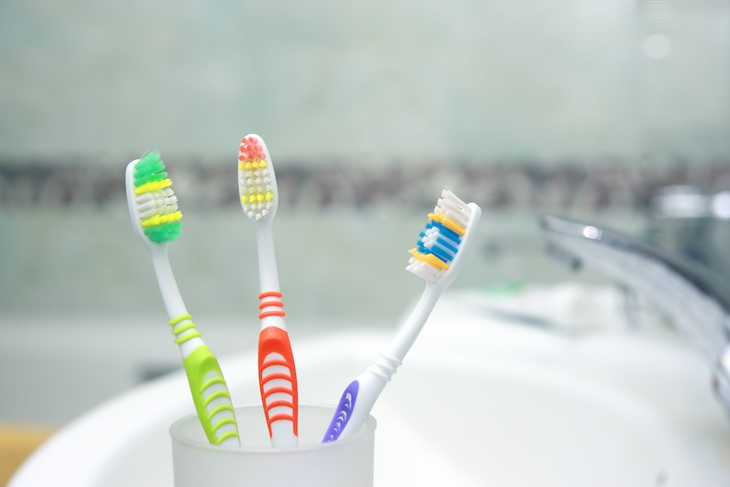
Toothbrushes contain millions of bacteria, some from our mouths, and some from the environment where the toothbrush is stored. If you keep all the toothbrushes in the same holder, they can be further contaminated by direct contact with another toothbrush. And there is also the unpleasant matter of the toothbrushes getting sprayed with fecal bacteria when you flush the toilet (if they are in the same space, of course).
How to clean:
Your toothbrush should be replaced every 3 months or whenever the bristles start to fray. But besides that, if you want to keep your toothbrush extra clean, The American Dental Association suggests soaking your toothbrush in 3% hydrogen peroxide or Listerine mouthwash to reduce bacteria. And, of course, you should rinse it thoroughly and let it air dry after every use. To learn more tips and tricks, take a look at our previous article titled 5 Tips to Keep Your Toothbrush Truly Clean.
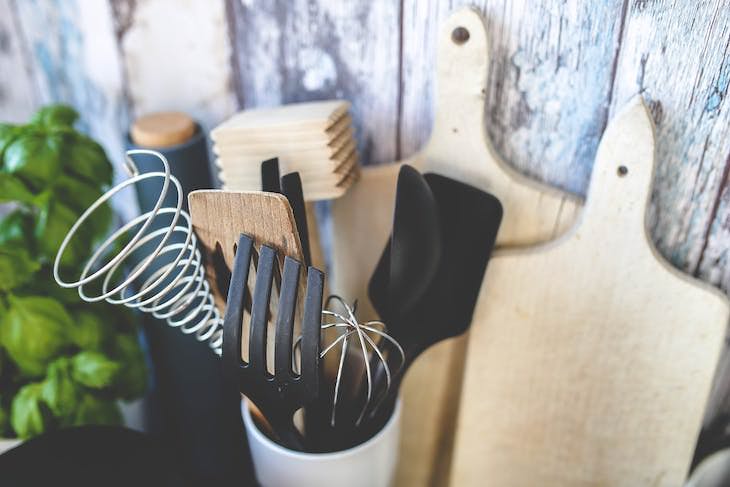
Of course, we all try to keep our kitchen utensils as clean as possible, but certain tools might retain more germs than others. For example, the National Sanitation Foundation (NSF) found that can openers and rubber spatulas tested positive for E. Coli, yeasts, and mold. Another item that deserves a mention is the utensil tray. Just think of the many hands reaching into the utensil tray daily, not to mention all the crumbs that fall in.
How to clean:
The dishwasher is your safest bet when it comes to disinfecting your kitchen utensils. Can openers and rubber spatulas should be placed in the dishwasher after each use (you may be surprised to learn that rubber tools can be cleaned in the washing machine as well). If the silicone head of your spatula detaches from the handle, separate the two pieces before placing them in the dishwasher to make sure each one is thoroughly cleaned.
If you don’t own a dishwasher, hand wash the utensils in hot soapy water. As for the utensil tray, it’s a good idea to empty it entirely at least once a month and wash it with soap or place it in the dishwasher, too.
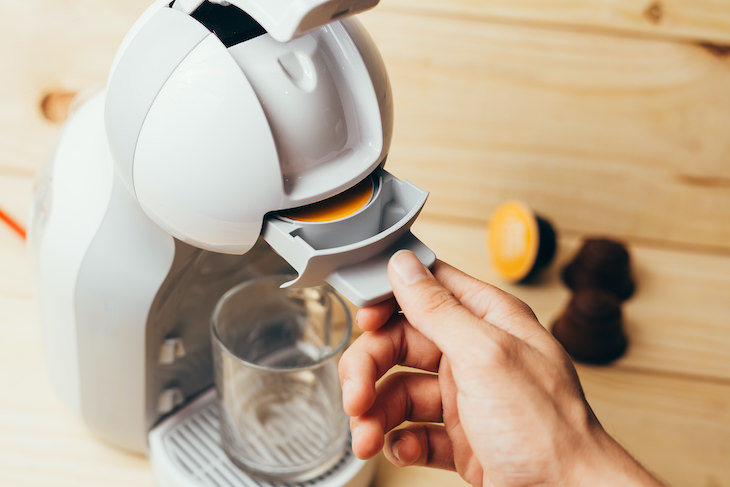
Your daily cup of coffee could be providing you with more than just an energy boost. A 2015 survey published in Scientific Reports tested the coffee machines of 10 different families and found that every single one contained some sort of bacterium. Bacteria strains discovered included staphylococcus, streptococcus, and E. coli. These germs could potentially cause gastrointestinal issues.
How to clean:
Your coffee maker should be cleaned once a month, following the manufacturer’s instructions. The NSF recommends adding up to four cups of undiluted vinegar to the reservoir, letting it stand for 30 minutes, and then running the vinegar through the unit. To remove the vinegar odor, run the machine with fresh water for two to three cycles.
Related: You Should Clean These Household Objects Regularly!
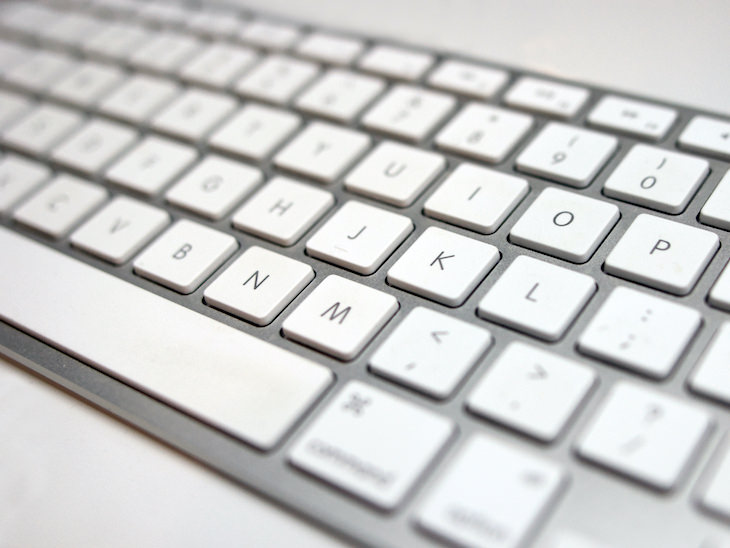
The average American spends approximately 6.5 hours a day on the computer - and that’s at work alone. With so much direct contact with our fingers, it’s no surprise that keyboards are brimming with germs. A 2018 study that tested various keyboards found that the majority of them were infected with several types of bacteria.
How to clean:
Firstly, unplug the keyboard or laptop, then turn it upside down to let any loose debris fall out naturally (if you have a can of compressed air, you can use it to blow any additional debris). Dampen a cotton swab and use it to clean around the keys. Remember, the swab should be wet but not dripping. Avoid getting moisture into any of the openings.
For the top of the keyboard keys and surrounding areas, use a dampened cloth. Finally, use a lint-free cloth to remove the last of the dust and polish the keyboard.
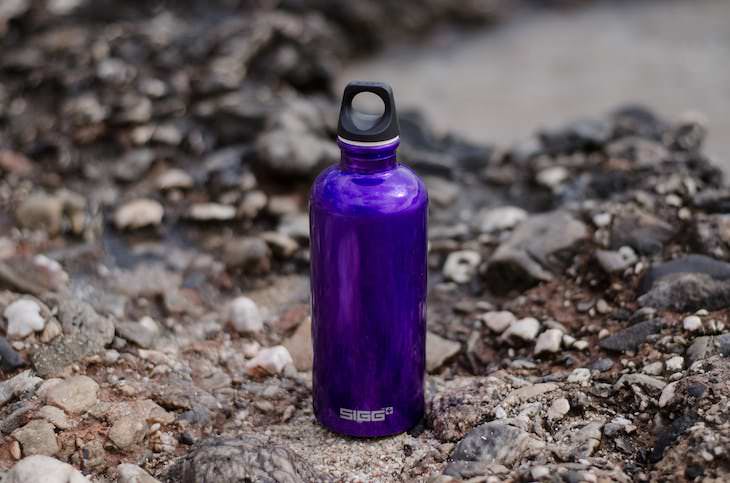
If the only thing that goes into your reusable water bottle is water, then it should be quite clean, right? Wrong. "Bacteria tend to form a biofilm on the inside of the reusable container over time," said Dr. Philip Tierno, clinical professor of pathology and microbiology at NYU Langone Medical Center. Moreover, you’re unscrewing and capping your water bottle several times a day - basically, you’re ensuring that whatever was on your hands is getting into the bottle.
How to clean:
Your water bottle needs to be washed every day. Fill the bottle with warm water and squeeze some dishwashing liquid into it, then scrub the walls and the bottom using a bottle brush. Be sure you clean the lip of the bottle as well.
Because bacteria thrive in moist environments, it’s a good idea to dry the bottle with a paper towel, or a clean dishtowel. If you still prefer to let it air dry, make sure you leave the cap off.
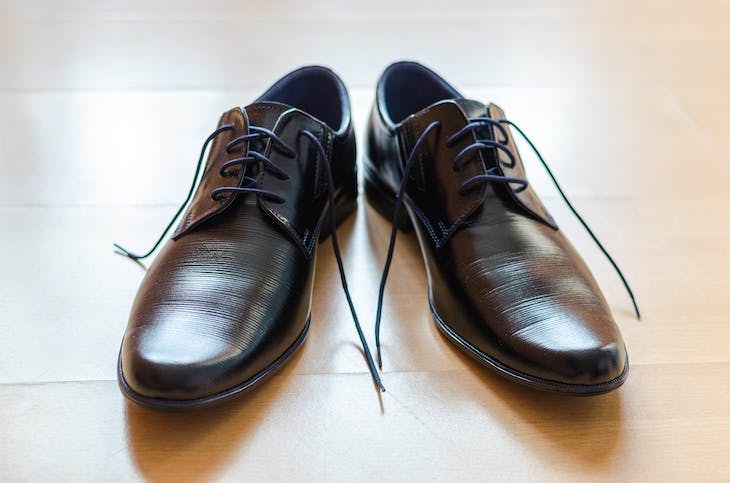
Your parents knew what they were talking about when they asked you not to wear your shoes inside the house. Through the soles of our shoes, we bring a myriad of germs into our homes, including the novel coronavirus.
How to clean:
There are several ways to keep shoes clean. You can remove dirt from the outsole with a soft bristle shoe brush - if you don’t have one, an old toothbrush will work just fine. For a more thorough clean, mix warm water with a small amount of laundry detergent, apply the solution onto your brush, and scrub the outsole and midsole. In the case of sneakers, you can simply pop them into the washing machine.
If you found this article helpful, then please share these tips with family and friends